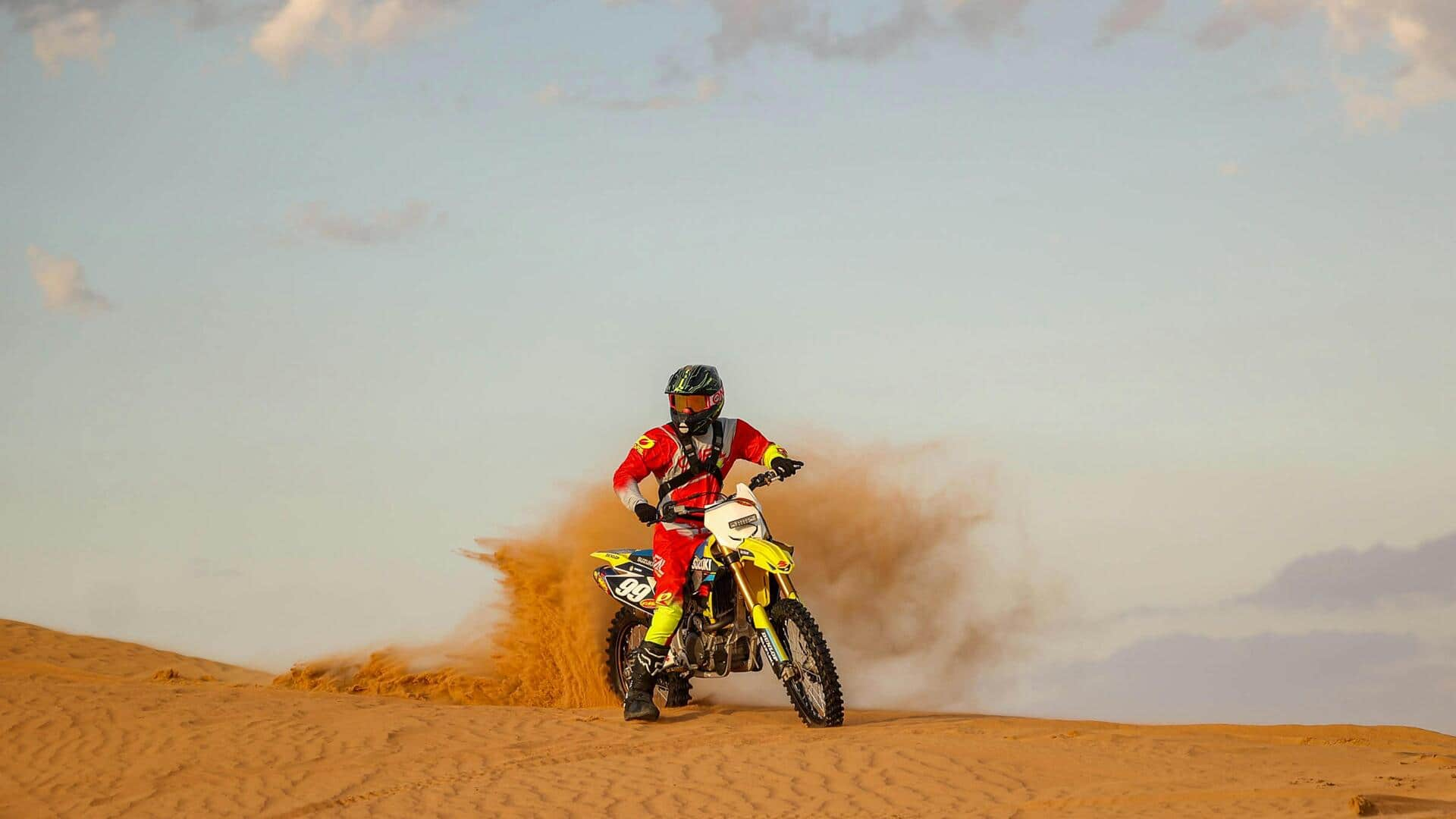
Your ultimate guide to solo desert adventures
What's the story
Exploring the vast expanses of a desert can be a serene experience, especially when you go solo. The solitude and the natural beauty make for a unique opportunity to connect with nature and yourself. Whether you're an experienced trekker or a novice looking for adventure, here are some practical tips to make your desert trek peaceful and enjoyable.
Timing
Choose the right time for your trek
Selecting the right time is crucial when planning a desert trek. Early morning or late afternoon are ideal as temperatures are cooler, making it easier to hike. Avoiding midday sun is important to prevent heat exhaustion. Also, consider seasonal weather patterns; some deserts may have rainy seasons that could affect your plans.
Packing
Pack essential supplies wisely
Packing wisely ensures you have everything you need without carrying unnecessary weight. Essentials include plenty of water, high-energy snacks, sunscreen, a wide-brimmed hat, and sturdy footwear. A map or GPS device can help navigate unfamiliar terrain. Lightweight clothing that protects from sun exposure while allowing breathability is also recommended.
Hydration
Stay hydrated throughout your journey
Staying hydrated is key to staying healthy during your desert trek. Since the dry environment can lead to dehydration quickly, it's important to drink water regularly even when you don't feel thirsty. Carrying at least two liters of water per day per person is advisable, depending on the weather conditions and intensity of your hike.
Navigation
Understand desert navigation techniques
Desert landscapes can be challenging due to their lack of clear landmarks and vast open spaces. Familiarizing yourself with navigation techniques such as using a compass or GPS device will help you stay on track. Learning how to read topographic maps specific to desert environments can also aid in avoiding getting lost.
Wildlife
Respect local wildlife and environment
Deserts are home to unique wildlife that plays an important role in their ecosystems. When trekking through these areas, it's important to respect wildlife by observing from a distance and not disturbing habitats. Leaving no trace by packing out all trash helps preserve the natural beauty for future visitors.